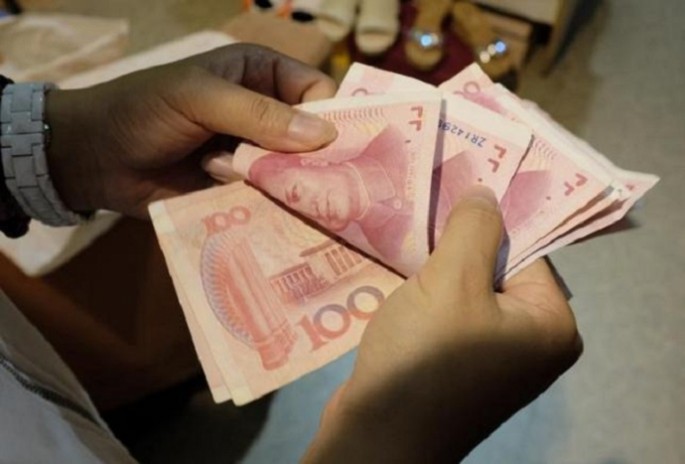The People’s Bank of China (PBOC) has injected on Saturday, Feb. 6, another 110 billion yuan ($16.7 billion) into the financial system through open market operations to ease the anticipated liquidity strain that often occurs during the Spring Festival, the Xinhua News Agency reported.
According to the report, the injection was made through reverse repurchase agreements (repo), in which central banks buy securities from banks and agree to resell them in the future.
The report said that this week, the total amount of funds pumped into the market through this operation amounted to 620 billion yuan, following a net injection of 690 billion yuan last week.
A statement released by PBOC said that the reverse repo on Saturday will mature in 14 days and was priced to yield 2.4 percent.
The report said that the central bank has conducted reverse repos for eight straight days in anticipation of a cash crunch, usually expected before the Spring Festival holiday week, which began on Sunday, Feb. 7, this year.
Bloomberg reported that government offices will be closed for the Lunar New Year holidays from Feb. 7-13. The central bank also said it will allow seven more lenders to participate in its Short-term Liquidity Operations.
According to Bloomberg, the demand for cash surges in the run-up to the Spring Festival holiday as people stash funds to pay for trips, feasts and gifts. Huachuang Securities Co. estimated that the sum involved is close to 2 trillion yuan, the report cited.
According to financial data provider Wind Information, the total scale of such operations since January is a record for pre-festival periods.
But other than this, the PBOC also used other tools to offer more than 1.5 trillion yuan for the market in January, which include standing lending facilities, medium-term lending facilities and pledged supplementary lending.
The report said that the Shanghai Interbank Offered Rate (Shibor), which measures the cost at which Chinese banks lend to one another, increased by 29.7 basis points to 2.281 percent on Saturday.



























